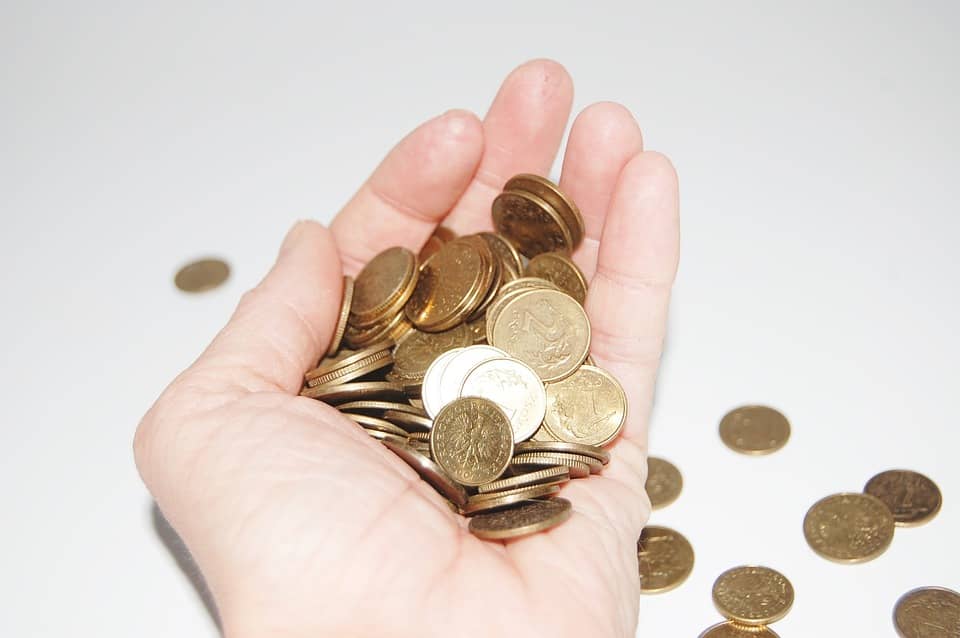2024 Digital Payment Safety: Tips for Small Business Owners and Individuals Alike
As technology continues to evolve, digital payments have become an increasingly popular and convenient way to conduct transactions. However, with the rise of digital payments comes the need for enhanced security measures to protect against fraud and ensure the safety of transactions. In this article, we will explore the latest digital payment safety tips for small business owners and individuals alike, focusing on the 2024 digital payment landscape.
Understanding the Risks of Digital Payments
Before diving into the safety tips, it’s essential to understand the risks associated with digital payments. With the increasing reliance on digital payments, fraudsters and cybercriminals are finding new ways to exploit vulnerabilities. Some of the common risks include:
- Phishing Attacks: Fraudsters use fake emails, texts, or social media messages to trick victims into revealing sensitive information, such as passwords or credit card numbers.
- Card Skimming: Criminals install devices on ATMs or card readers to capture card information and PIN numbers.
- Malware: Malicious software can infect devices, stealing sensitive information or allowing hackers to take control of devices.
- Man-in-the-Middle (MitM) Attacks: Hackers intercept communication between a device and a payment gateway, stealing sensitive information.
Tips for Small Business Owners
As a small business owner, it’s crucial to take proactive measures to ensure the security of digital payments. Here are some tips to get you started:
- Use a Secure Payment Gateway: Choose a reputable payment gateway that uses robust security measures, such as encryption and two-factor authentication.
- Verify Transactions: Regularly review transactions to detect and prevent fraudulent activity.
- Use Secure Tokens: Use tokenization to store sensitive information, such as credit card numbers, securely.
- Train Employees: Educate employees on digital payment security best practices and phishing scams.
- Use Strong Passwords: Use complex and unique passwords for all payment-related accounts.
Tips for Individuals
As an individual, it’s equally important to take steps to protect your digital payments. Here are some tips to help you stay safe:
- Use Strong Passwords: Use complex and unique passwords for all digital payment accounts.
- Enable Two-Factor Authentication: Use two-factor authentication to add an extra layer of security to your accounts.
- Monitor Transactions: Regularly review transactions to detect and prevent fraudulent activity.
- Use a Virtual Private Network (VPN): Use a VPN to encrypt internet connections and protect against MitM attacks.
- Be Cautious of Phishing Scams: Avoid clicking on suspicious links or downloading attachments from unknown sources.
Additional Safety Measures
In addition to the tips above, here are some additional safety measures to consider:
- Use a Digital Wallet: Consider using a digital wallet, such as Apple Pay or Google Pay, which offers additional security features.
- Use a Card with Chip Technology: Use a credit or debit card with chip technology, which provides an extra layer of security.
- Use a Secure Browser: Use a reputable and secure web browser, such as Google Chrome or Mozilla Firefox.
- Keep Software Up-to-Date: Ensure that all software and operating systems are up-to-date with the latest security patches.
Conclusion
Digital payments have become an integral part of our daily lives, and it’s essential to take proactive measures to ensure their safety. By following the tips outlined above, small business owners and individuals alike can significantly reduce the risk of fraud and ensure the security of their digital payments. Remember to stay vigilant and keep up-to-date with the latest digital payment safety tips to protect yourself from the ever-evolving threats of cybercrime.
FAQs
Q: What is the most secure way to make digital payments?
A: The most secure way to make digital payments is to use a combination of strong passwords, two-factor authentication, and secure payment gateways.
Q: How can I protect my credit card information from being stolen?
A: You can protect your credit card information by using a secure payment gateway, encrypting sensitive information, and avoiding phishing scams.
Q: What is tokenization, and how does it work?
A: Tokenization is a security measure that replaces sensitive information, such as credit card numbers, with a unique token. This token is used for transactions instead of the actual credit card number.
Q: How can I detect fraudulent activity on my digital payment accounts?
A: You can detect fraudulent activity by regularly reviewing transactions, monitoring account activity, and reporting any suspicious activity to your bank or payment provider.
Q: What is a man-in-the-middle (MitM) attack, and how can I protect against it?
A: A MitM attack is a type of cyberattack where hackers intercept communication between a device and a payment gateway. You can protect against MitM attacks by using a VPN, encryption, and two-factor authentication.
By following the tips and FAQs outlined above, you can significantly reduce the risk of fraud and ensure the safety of your digital payments. Remember to stay vigilant and keep up-to-date with the latest digital payment safety tips to protect yourself from the ever-evolving threats of cybercrime.

Leave a Reply